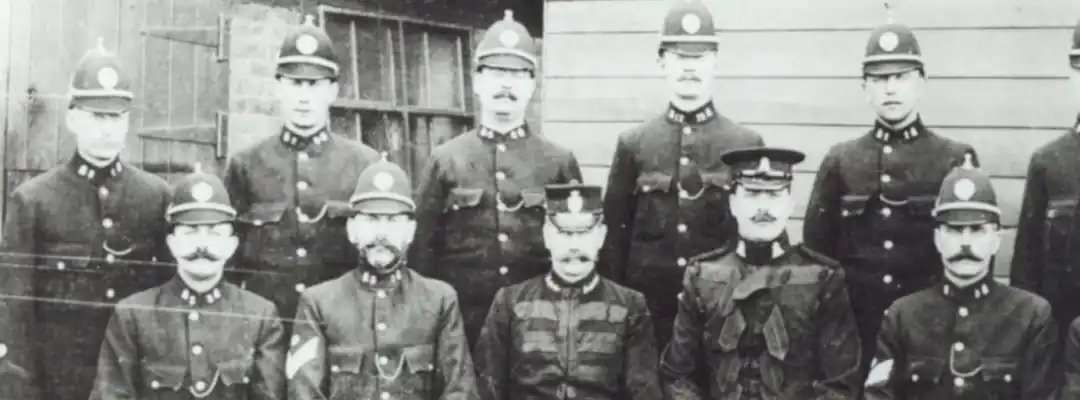
“For the family, I just hope that one day it’s detected. That’s my biggest wish.”
These are the words of retired Detective Superintendent Chris Boarland, 25 years on from a brutal murder that remains unsolved.
Now retired from Devon and Cornwall Police, for Chris the milestone anniversary of Cornish mum Lyn Bryant’s murder is one of reflection – and a lasting hope that her killer will be caught.
The mystery of who killed the 41-year-old popular mum – repeatedly stabbed while on her daily lunchtime dog walk in the quiet Cornish lanes near St Mawes, in October 1998 – continues to trouble those still hunting for the truth.
Retired Det. Supt Chris, who was appointed the Senior Investigating Officer, admits he frequently thinks about the day the call came in to say a woman’s body had been found in Cornwall’s Roseland Peninsula, and it looked like murder.
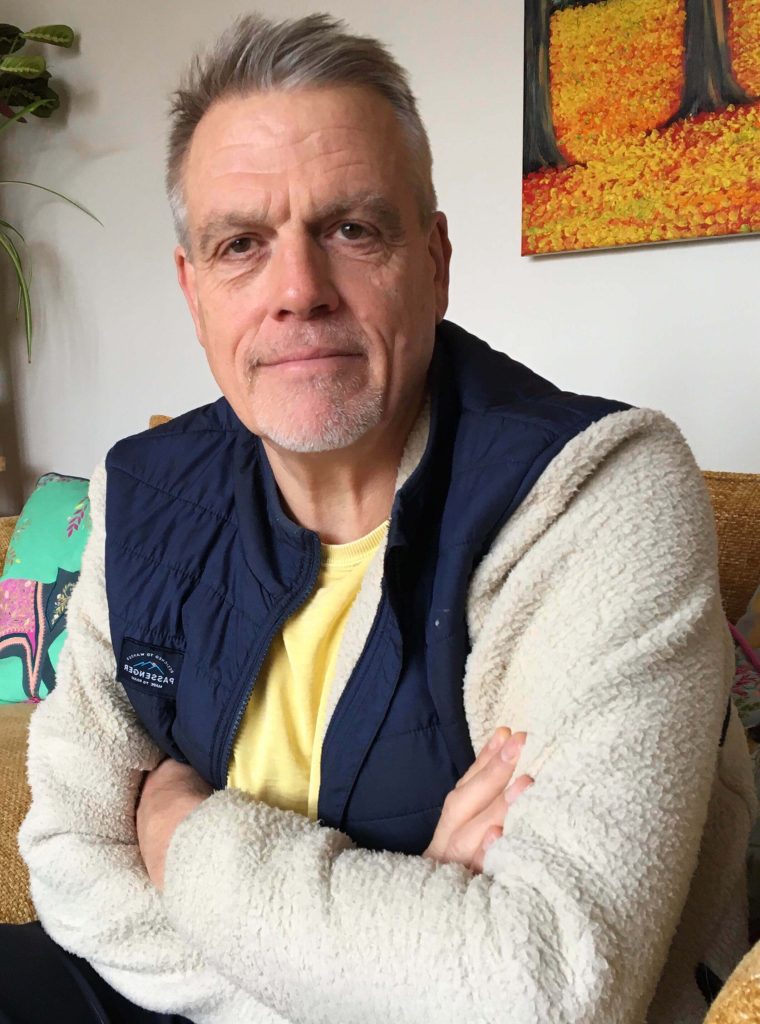
And when Chris is in Cornwall, he returns to what he describes as a ‘remote, peaceful and quiet’ spot, ‘in the middle of nowhere’, yards from the Methodist chapel in Ruan High Lanes, where Lyn’s body was found in a nearby gateway.
There, he mulls over the still-open investigation.
“I regularly think about the family,” said Chris. “It really brings it home to me if I’m in Cornwall.
“I reflect on everything that happened and wonder why we haven’t found who did it. I just wish it could be detected, for the family, their peace of mind, and all of us who worked on it.”
He added: “I just hope that one day it’s detected, that’s my biggest wish. To find the person and to give that family some sort of closure, that’s my lasting wish.”
It was long after dark when Chris arrived at the tiny hamlet near St Mawes on the night Lyn was killed.
The ‘long drive down’ from Exeter to Cornwall had given him plenty of time to think about what lay ahead.
“Your mind is working so fast about what needs to be done, what might have happened, what actions we need to take, that it’s sort of surreal.
“You’re not conscious of a horrible crime and a body, and it’s a person. You are conscious that this is a job to be done. You’ve got to try and find out what’s happened, preserve the evidence that has been left there, or that is presented to you, and to catch the person responsible.
“That’s what your mind is filled with, that’s where the pressure comes from. It’s the mammoth task that faces you. You don’t get personally involved in what you’re seeing.”
Chris immediately visited the cordoned-off crime scene, was briefed by colleagues at the Ruan High Lanes chapel rendezvous point, then went to see Lyn’s loved ones, who he described a ‘lovely, close family’.
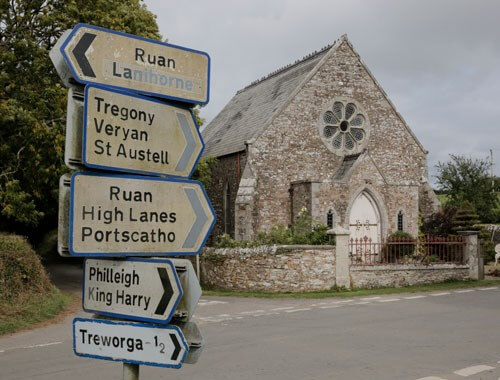
In shock, they quizzed the Det. Supt on what he knew about Lyn’s death, her killer, and the investigation.
“That’s always the toughest bit,” said Chris. “It was late, it was dark. Then you become very personally involved and that’s a really tough-one for me.
“I can be dispassionate at a scene of a crime, it’s done, the person’s dead. What do we need to do?
“But when you have to go and face the family whose wife, mother, grandmother has been murdered, and sit in their house and explain it to them.
“They’d already been told but I was the Senior Investing Officer and they’re the one they want to see and question.
“Not that you have that many answers at that time. So that’s always really, really, tough and emotional.
“And you want to do the right thing, but you want to let them grieve. You want to make sure they’ve got the right support.
“I won’t forget that one; late at night, they’re in shock. You don’t know all the details, but you’ve got to tell them as much as you possibly can.
“As I recall, there was almost silence,” he said.
Some five months after the forensic police teams finished their fingertip searches of the scene, Chris recalls the ‘shock to the system’ when Lyn’s tortoiseshell glasses were found in the gateway where she had been killed.

“That caused a lot of heartache and soul-searching,” said Chris, who revealed how police watched the area as a direct result, and sent soil samples off for analysis, convinced it was the killer who returned the glasses to the scene.
“We put cameras in there, surveillance, just in case someone came back again. We had to do those things. There’s no regret in doing those things, but that didn’t bring anything.”
Lyn’s body was found shortly after she was seen talking to a clean-shaven man near the Methodist chapel.
Chris said police were ‘pretty certain’ that Lyn had been talking to the man who killed her.
And detectives believe it was the same man seen walking across a farmer’s field less than an hour after Lyn was murdered.
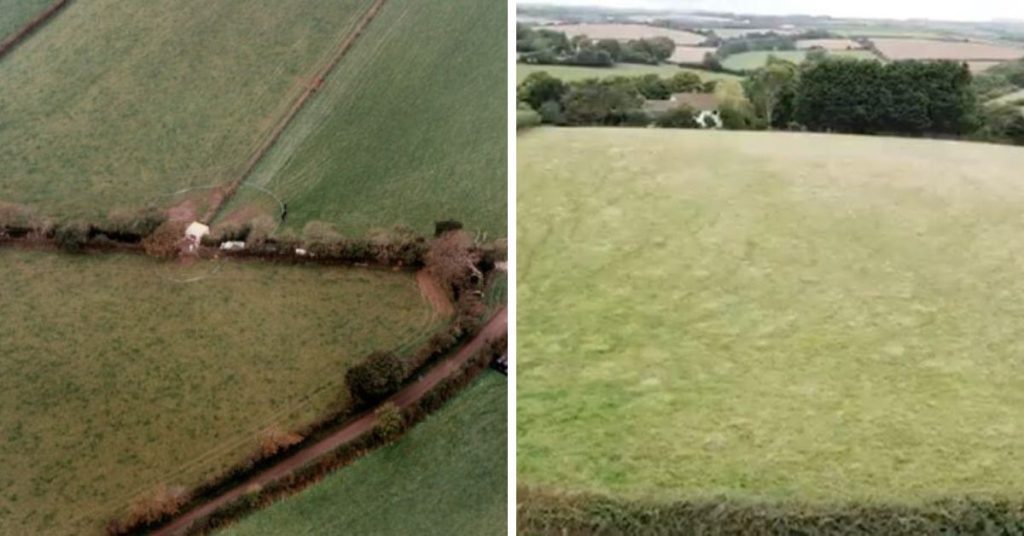
Some 25 years after Lyn’s death, the man has never been found or come forward, despite extensive police appeals to discover his identity.
“This guy was clean-shaven, as recalled by the witness, but I think we’ve all been pretty certain whoever it was, however accurate that description, that was the person who is most likely to be Lyn’s killer,” said Chris.
The retired Det. Supt said one of the ‘millions and millions of actions’ – information that comes into the police as part of the investigation – would have been to trace the man seen with Lyn Bryant.
“That’s never been signed off. That will still be in the system as incomplete,” said Chris.
He said someone watching Lyn for ‘not many days’ would have soon grasped her daily walking route.
“It subsequently turned out it was the chapel, as we found out, that was the route by which she used to walk her dog every day after watching Neighbours back home.
“She would do a round route and the chapel was one of the places she would pass,” said Chris.
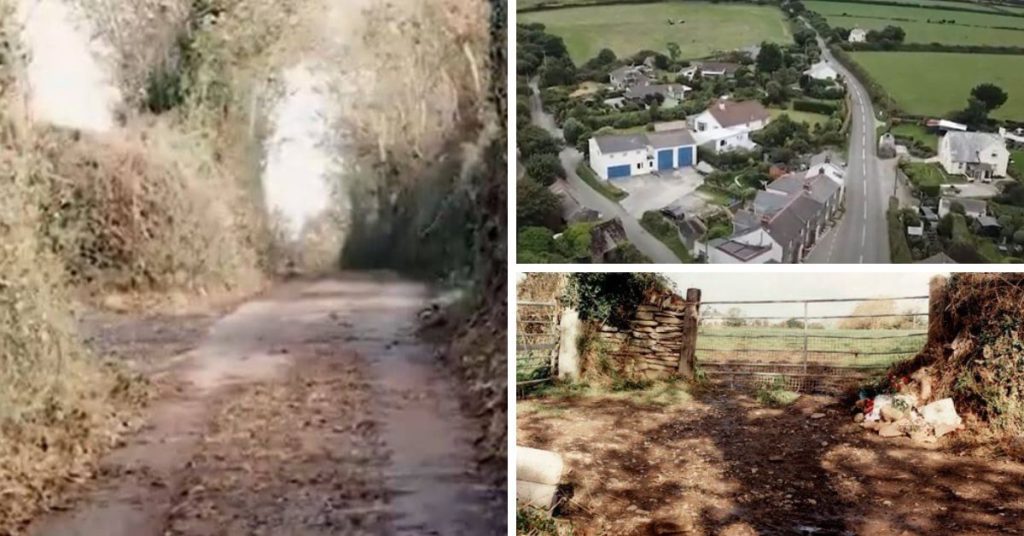
“We’ve always said that this has got be someone who had local knowledge. If I went down there for maybe a week and stood around that chapel, I’d have seen her every day.
“That person would have known she walked past there, most likely, every day. So, when we talk about local knowledge, it doesn’t mean a local person.”
He added: “Unless you either lived in that area, or purposely went there, you wouldn’t know this lane existed.
“It was a typical Cornish country lane with high hedgerows, farmland, not very well used at all in terms of normal traffic. Locally they would know it, but that would be it.”
Also remaining unidentified, despite an extensive police hunt, is the bearded man seen driving a white van, who on the day Lyn was killed pulled in behind her car at a petrol station, then swiftly sped away.
The community was given repeated reassurance by police they were living in a safe area, believing the killer had struck randomly.
While the investigation has not been formally linked to other unsolved murders, Devon and Cornwall Police says Lyn’s murder investigation runs in ‘parallel’ to an inquiry into the killing of 14-year-old Kate Bushell, who was stabbed in the throat while walking a dog in Exeter in November 1997.
The mystery of who killed Kate also remains unsolved, with police recently issuing a fresh appeal for information, some 25 years after her murder.
“I’m pretty convinced we’re talking about the same killer who killed Kate Bushell. That’s my personal view,” said Chris.
Police believe Lyn’s killing was sexually motivated; her clothing had been disturbed and she had fought off her attacker as she was stabbed in the back, neck, and chest.
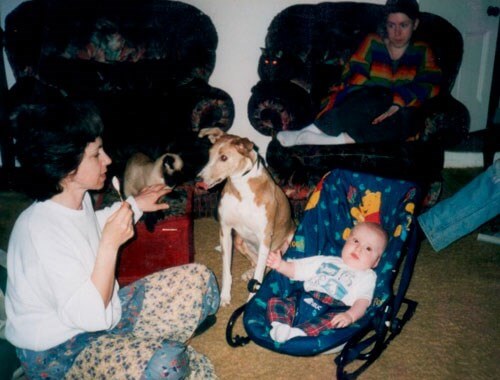
Lyn and Kate were stabbed and killed a year apart. Both had been out alone, dog walking in remote areas.
Chris said he was ‘shocked’ to learn a woman had been murdered in such a remote part of Cornwall that was known for being ‘peaceful and quiet’.
“I just knew from the outset that we were having something that was going to be similar to Kate Bushell’s murder,” said Chris.
The retired Det. Supt said the modus operandi – a Latin phrase meaning mode of operating – the behaviour pattern of the killer – was ‘without doubt similar’.
“They were displayed in the same way; the killer’s never been found. They’re either forensically aware or very lucky; they were in a remote location.
“I’m convinced it’s the same killer. We may never know. We’ll never know until the person is caught or identified.”
• A transcript and recording of Chris Boarland’s interview is held in the archive at the Museum of Policing in Devon & Cornwall.


